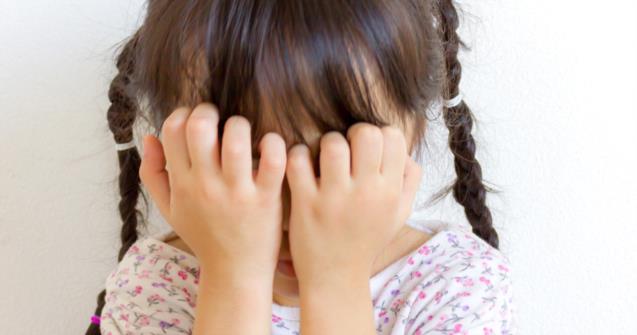
Children's fears
Ghosts and witches have just returned to the attic, and already, Santa Claus is everywhere. Although some children love these characters, others are truly afraid of them. As adults, these fears can seem silly, but for little ones they are very real.
All children are afraid of something at one time or another. Strangers, the neighbour's cat, and spiders are at the top of the list. Fears represent a part of children's normal development. Let's take a general look at how fear evolves during early childhood.
Around the age of 8 months, children can have a fear of strangers and of being separated from their parents (separation anxiety). They can also be afraid of loud sounds. These are all considered normal fears for babies.
A fear of darkness, monsters, and different characters such as clowns and Santa Claus will appear a little later. Children are unable to differentiate between reality and fantasy. This leads them to believe that everything they see on television or in books is real.
When they are old enough to go to school, children can have a fear of looking silly, of public speaking, and of failure.
This is a general outline of how fears evolve during early childhood. You can use it as guide, but since every child is unique, keep in mind that some children may not be afraid of anything while others will be afraid of everything.
Now, let's see what can be done to help children manage these fears.
- Children's fears must be taken seriously. Avoid ridiculing them. Do not avoid the subject either, since this would simply increase children's anxiety. Children need to feel as if you understand them, and most of all, that you are willing to listen to them.
- Try to understand where their fears are coming from. If, for example, a child is afraid of the dark, try to identify what may have triggered this fear. If you are successful, base your interventions on the source of his/her fear. You may however never identify the source of some fears.
- Avoid focusing on children's fears. Listen to them and be receptive, but be very careful not to amplify them.
- Find concrete and rational solutions to help overcome children's fears. If, for example, a child is afraid of the dark, give him/her a flashlight. If a child is afraid of monsters, give him/her a superhero t-shirt to help him fight them off. These simple methods can really reassure young children.
- If a child is old enough to talk, discuss his/her fears. Invite the child to draw his/her fear. This may help you understand the situation.
- Work on fears gradually and pay close attention to each child's rhythm. If a child is afraid of Santa Claus, hold him in your arms and encourage him/her to touch Santa's arm instead of sitting in his lap. Ask the child to tell you what he/she is comfortable with and accompany him/her. Congratulate children for their efforts.
Don't forget that fears are normal. We are all afraid of something, even as adults. Luckily, fears are often temporary during childhood. Nonetheless, children need adults by their side as they work on overcoming them.
Good luck!
Maude Dubé, Specialized educator

 Home
Home Theme activities
Theme activities
 Babies and toddlers
Babies and toddlers
 Arts and crafts
Arts and crafts
 Science
Science
 Creative recipes
Creative recipes
 Tips and tricks
Tips and tricks
 Special needs
Special needs
 Extra activities
Extra activities
 Educ-TV
Educ-TV
 Newsletter
Newsletter  Online store
Online store Educatall club
Educatall club

